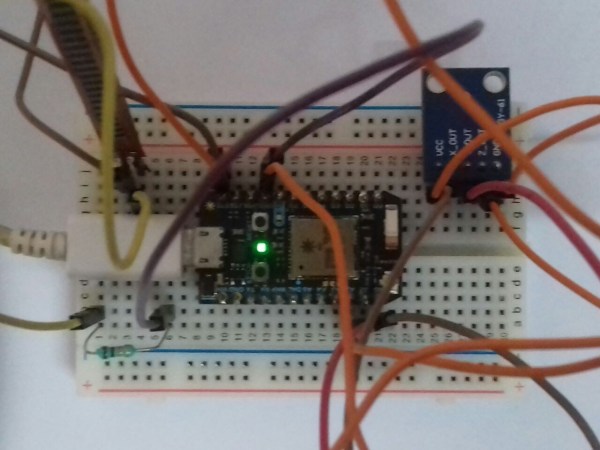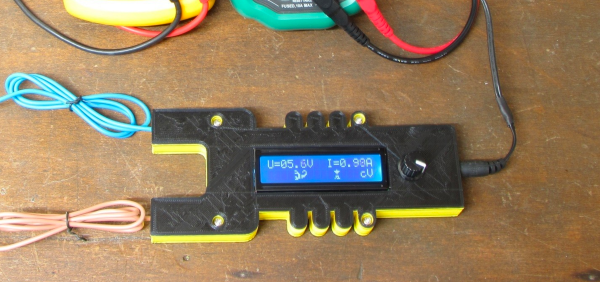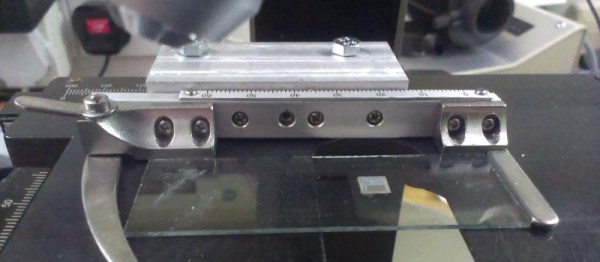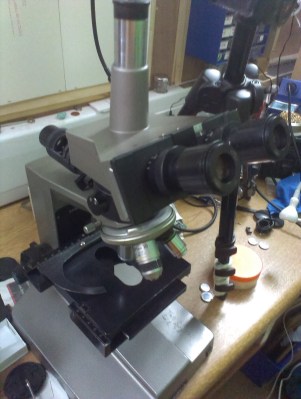The Personal Guardian is a wearable tracking and monitoring device intended to help vulnerable people. The project goal is to allow these patients as much independence and activity as possible without a caregiver needing to be present. Wearing a sensor package might allow a memory care patient (for instance) greater freedom to wander.
The device consists of an Arduino 101 development board with a GSM shield that it uses to send SMS messages to the caregiver — for instance, if the accelerometer shows the patient fell over, or moved beyond certain GPS coordinates. Furthermore, the care-giver can monitor the device to determine the device’s status, and sees the patient’s heart rate thanks to a BLE sensor strap.
The patient can also press a panic button or toggle through a series pre-set SMS messages. In terms of complexity, the project’s creator [Ray Lynch] intended the interface to be simpler than a smart phone.






















